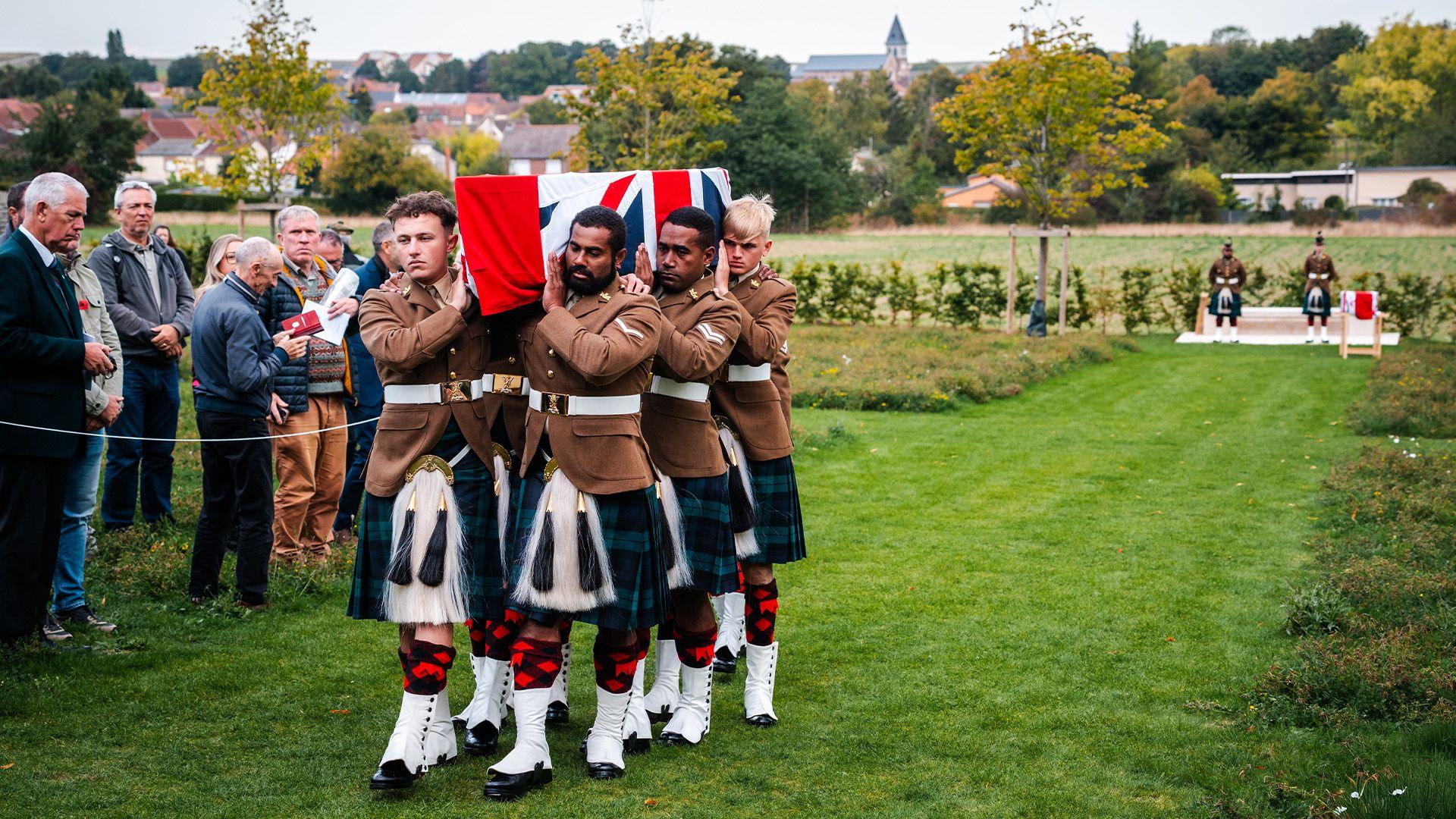Four WW1 soldiers found during hospital build
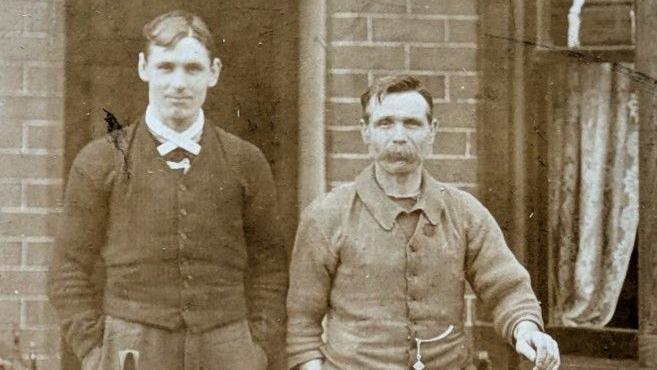
Pte William London, left, one of the four soldiers found near Lens in France, is pictured with his father James
- Published
Four British soldiers who were killed in World War One will be reburied in northern France later.
The remains of Arthur Cook, Robert Cullum, John Fraser and William London, all privates of 1/5 Bn Lincolnshire Regiment and part of a Lewis gun team, were found during work to construct a hospital near Lens.
Ministry of Defence "war detectives" said it was rare to have been able to identify four soldiers and track down each of their families.
A service will be held at the Loos British Cemetery Extension for the men - all from Grimsby - who died on 5 May 1917 during the tail-end of the Battle of Arras.
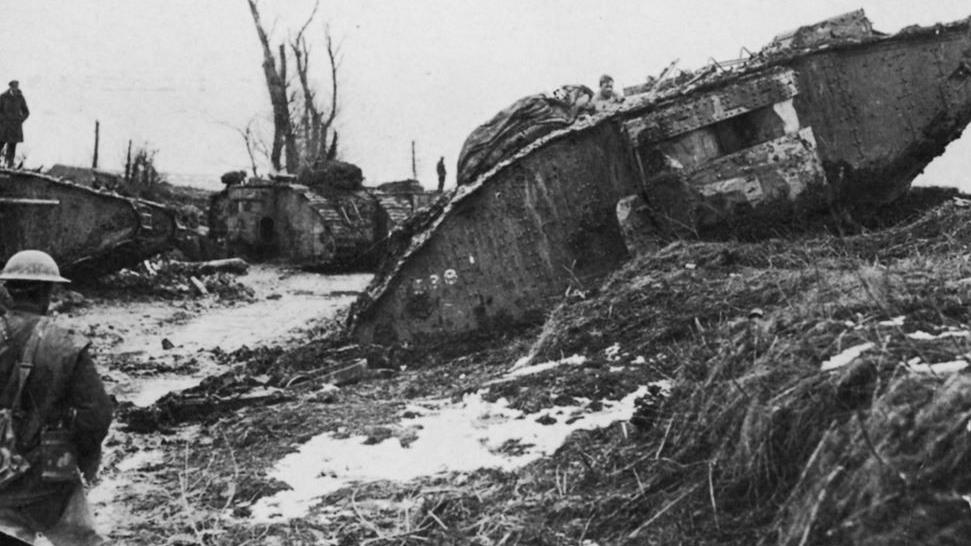
The Battle of Arras (9 April to 16 May 1917) was a costly attempt by British, Canadian and Australian troops to push through German lines
Tracey Bowers, from the MOD's Joint Casualty and Compassionate Centre (JCCC), whose staff are collectively known as the "war detectives", said human remains were found in summer 2020 during preparatory works for the foundations of a new hospital.
"The men were wearing shoulder titles indicating they were members of the Lincolnshire Regiment," she said.
The team was able to date the remains based on the equipment they carried.
Also found among the remains were small box respirators – a piece of kit not issued until August 1916.
One man had a pair of boots with a 1917 date stamp on the sole.
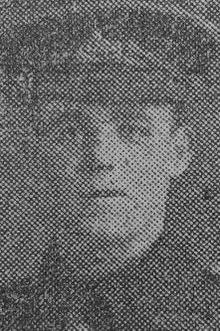
Pte Arthur Cook
From the way the men were lying it was impossible to tell whether they had been intentionally buried, or whether they had died where they fell and were covered over by soil being displaced by subsequent explosions, the team said.
Ms Bowers said the team analysed war records, including a diary produced by the regiment, which narrowed down the likely period they died to early May 1917.
Scrutiny of casualty lists for this period, particularly those who were posted as missing, yielded four names – Pte Cook, Pte Cullum, Pte Fraser and Pte London.
Later, research revealed these four men were part of the same Lewis gun team – the fifth man on the team was Fred Blakey who survived, though badly wounded, and was later awarded the Military Medal for staying at his post despite his wounds.
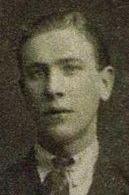
Pte Robert Cullum
DNA was extracted from each of the soldiers' remains.
Descendants of the men were traced and allowed comparative DNA samples to be collected, enabling the team to be sure of their identities.
Alexia Clark, a JCCC case worker, said it would be "incredibly satisfying" to be able to give the soldiers a proper and decent burial.
Who were the soldiers?
Pte Cook was the eldest of six siblings born to Arthur and Rose Cook, of Castle Street, Grimsby.
According to the 1911 census, he had finished his schooling and was working as a shop assistant in a tailoring business.
His service record has not survived to tell us when he joined the Army, but it must have been early in the war as he arrived in France in March 1915.
According to the local newspaper of the day, Grimsby News, Pte Cook was much loved and had many friends.
Pte Cullum was the fifth of 13 siblings born to Robert Barratt Cullum senior and his wife Frances, who lived in Grimsby.
At the time of the 1911 census, he was employed as a labourer on the town's fish docks.
Pte Cullum's service record has not survived to tell us when he joined the army, but it is likely to have been after 1916.
His younger brother, Tom, was also killed during World World One, on 5 October 1916.
Pte Fraser was the middle child of three sons born to Daniel Fraser and his wife Johan, of Oxford Street, Grimsby.
Mrs Fraser died when Pte Fraser was a child.
By the 1911 census, he was living with his younger brother Frederick and his family, and working as a ship painter.
Pte London was the oldest of three siblings born to James London and his wife Jane, of Fotherby Street, Grimsby.
By 1911, Pte London was working with his father on the fish dock.
He joined the Army at some point after 1916, and like the others served with the Lincolnshire Regiment throughout the war until his death.
Listen to highlights from Lincolnshire on BBC Sounds, watch the latest episode of Look North or tell us about a story you think we should be covering here, external.
Download the BBC News app from the App Store, external for iPhone and iPad or Google Play, external for Android devices
Related topics
- Published19 September 2023
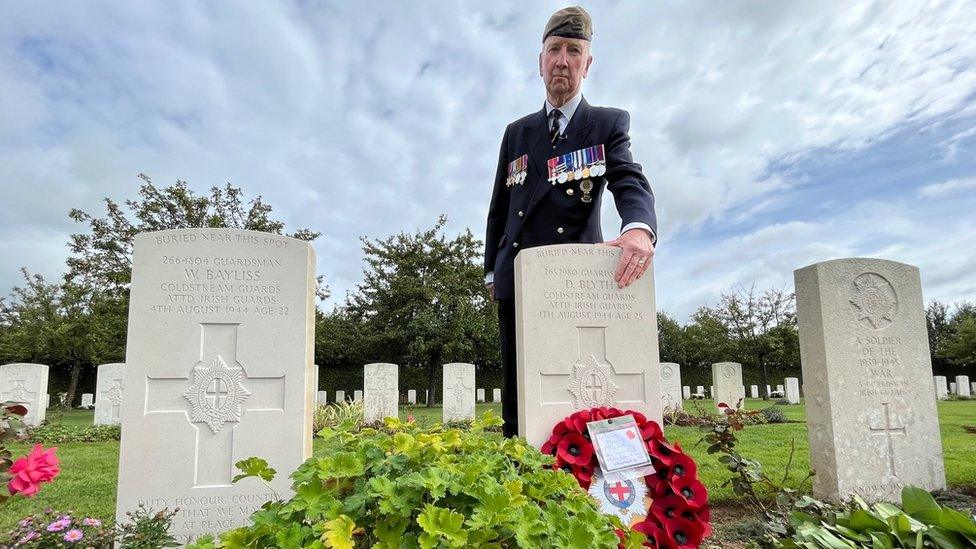
- Published21 July
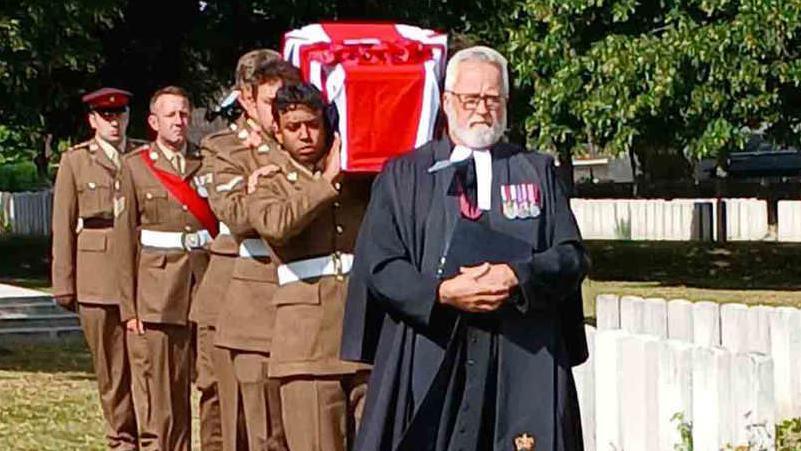
- Published27 September
